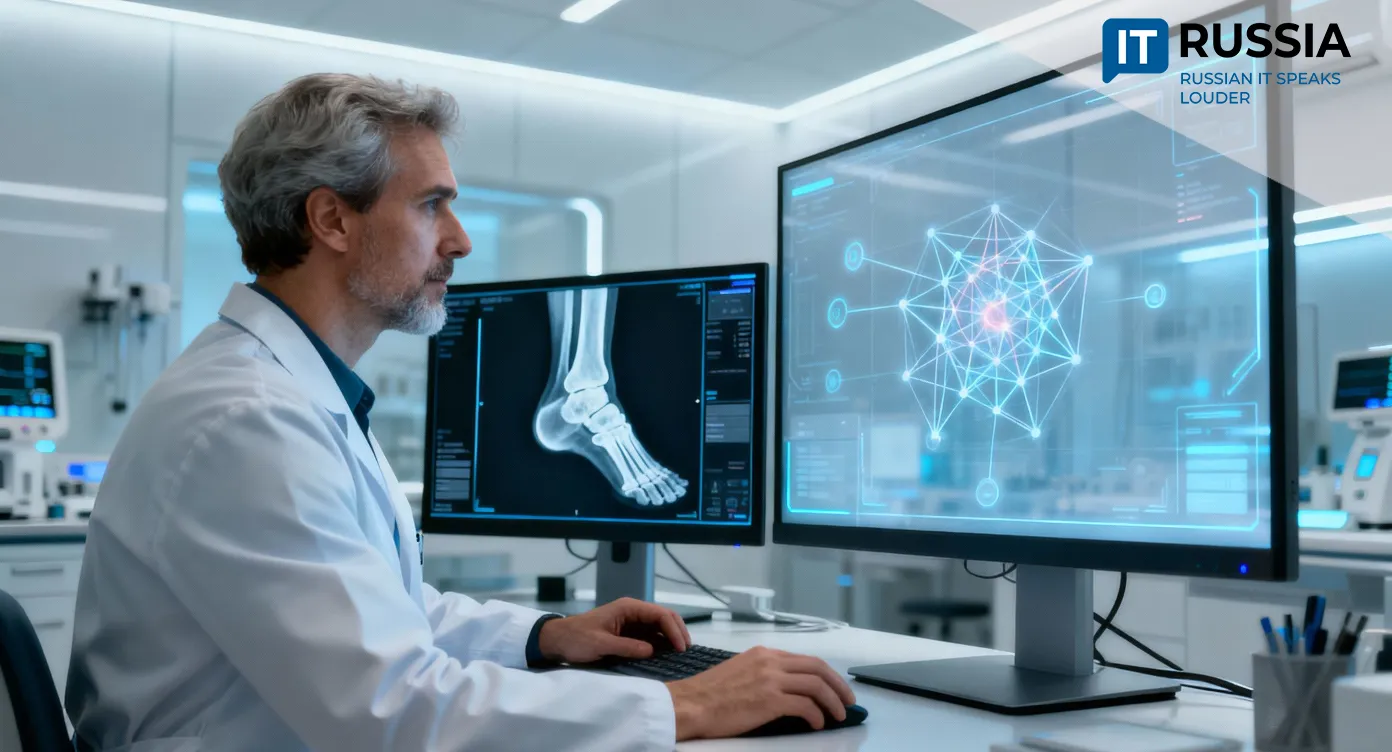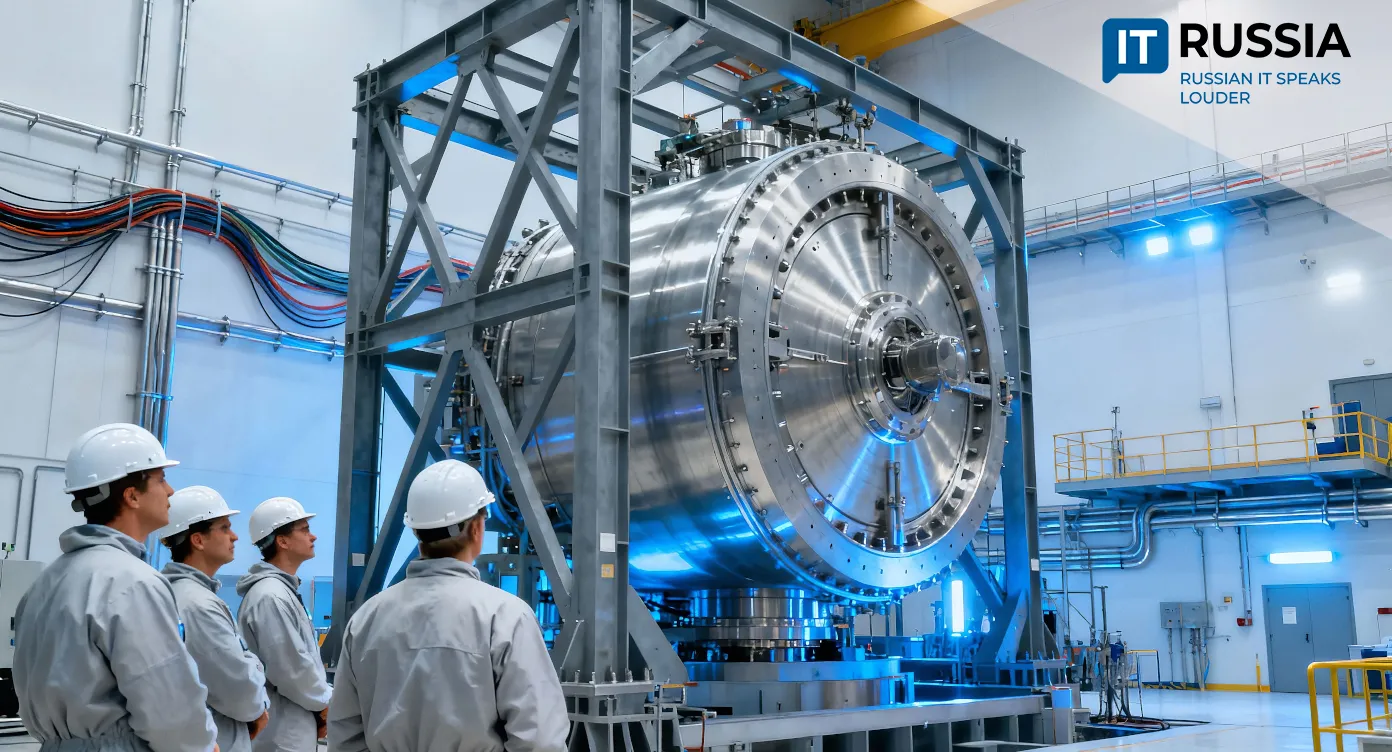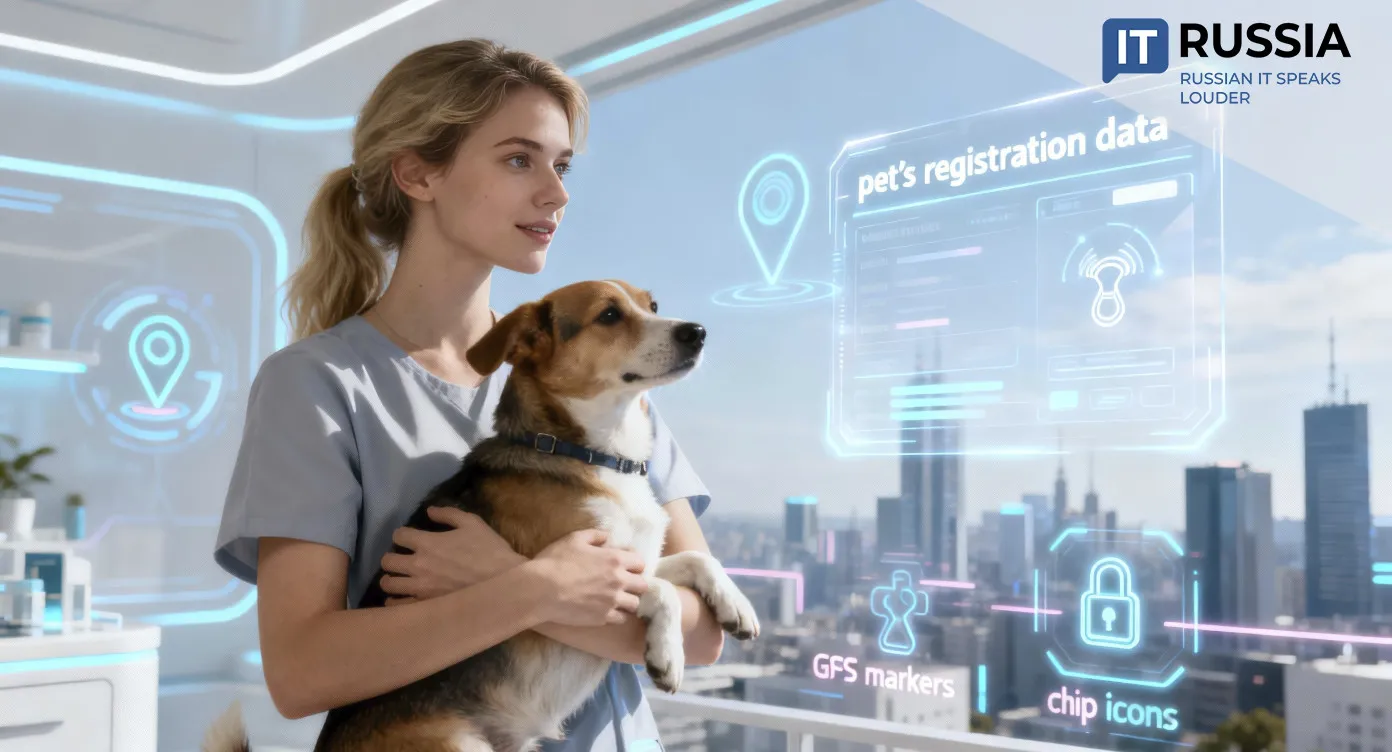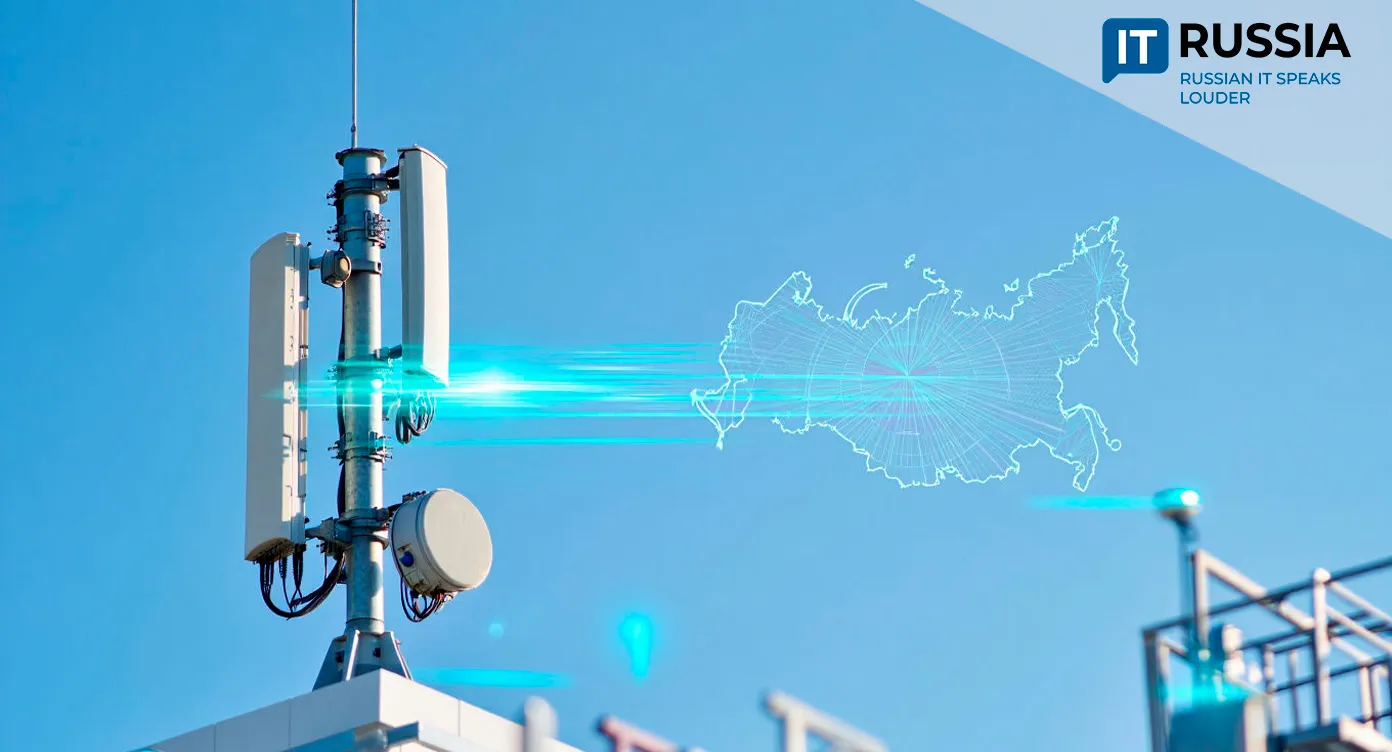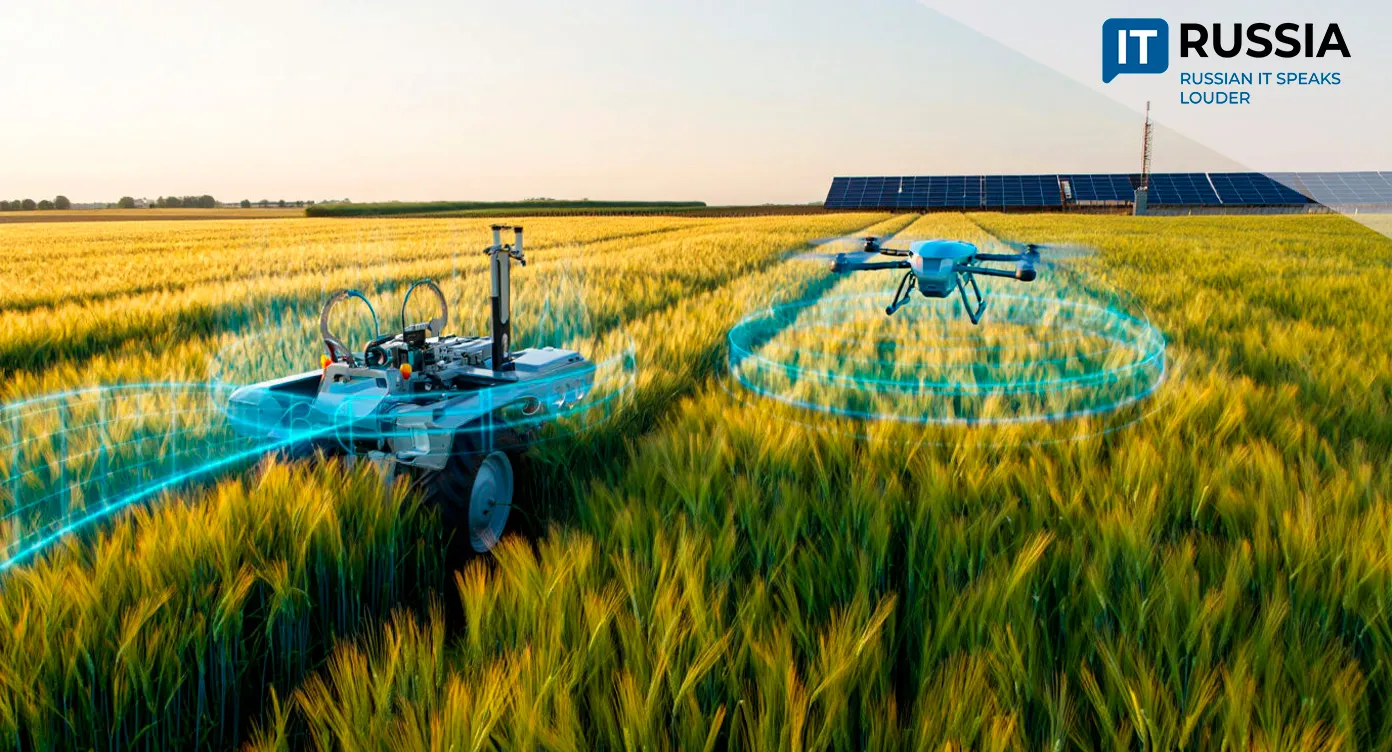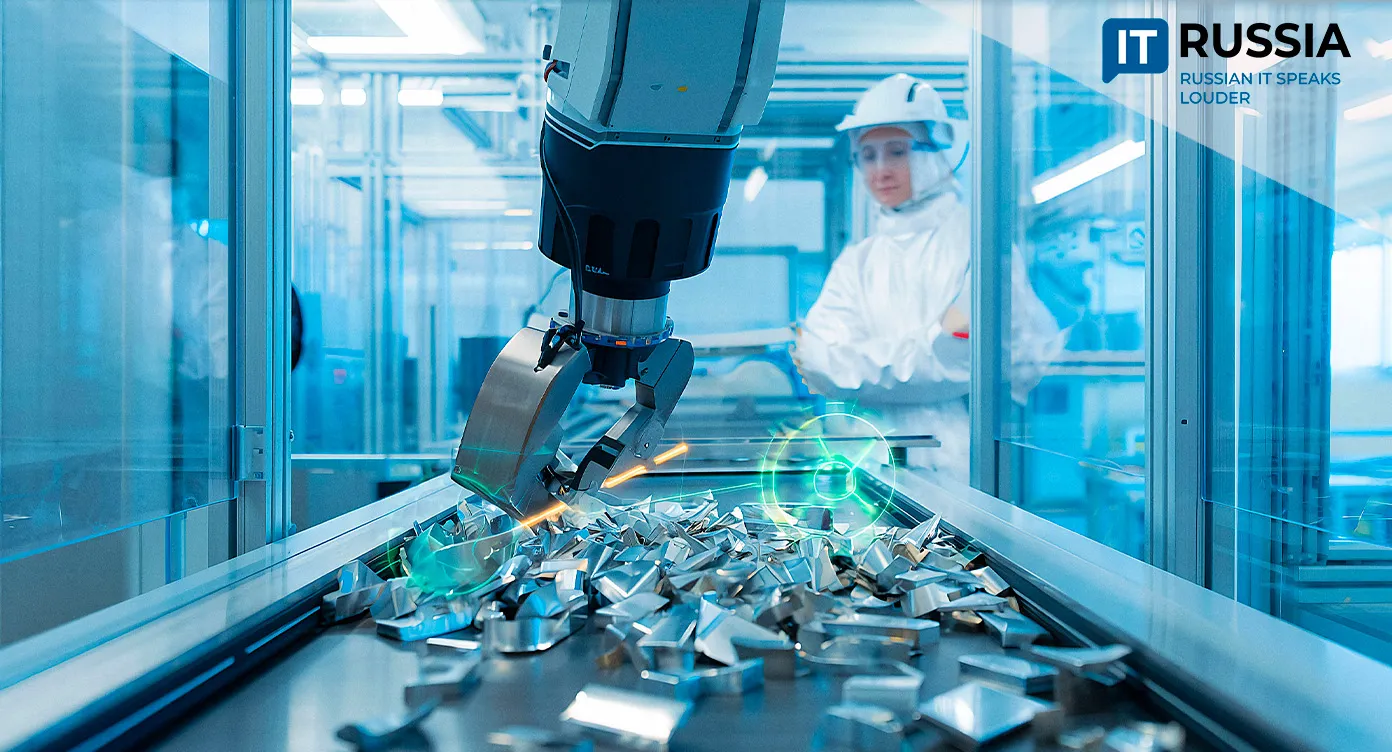Kuban State Agrarian University Expands Its Robotic Dairy Competence Center
A new embryo laboratory and AI-driven livestock management technologies are positioning Kuban State Agrarian University as one of Russia’s most advanced hubs for next‑generation dairy production.
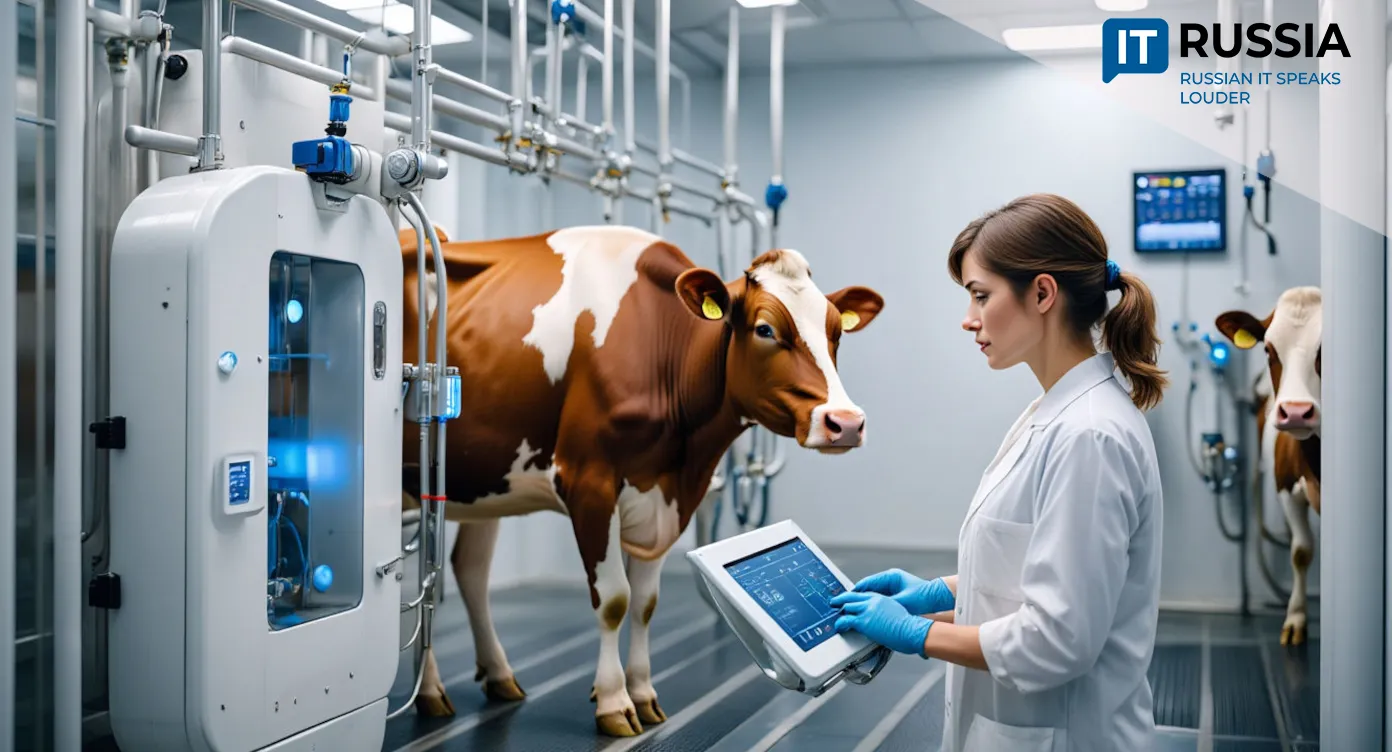
Under the Oversight of Federal and Regional Leaders
On November 20, Russia’s Minister of Agriculture Oksana Luth and Krasnodar Region Governor Veniamin Kondratyev inspected the dairy competence center established at the training farm of Kuban State Agrarian University (KubGAU). The centerpiece of the center is a robotic dairy farm that uses artificial intelligence for the milking process. It is the only university‑based robotic dairy farm in Russia.
One of the farm’s most notable features is the minimal use of manual labor. A single employee manages a 55‑head dairy herd, while all key operations are automated. In real time, digital technologies monitor the condition of each animal, enabling dynamic adjustments to feeding and milking. Enhanced sensor chips are central to this system.
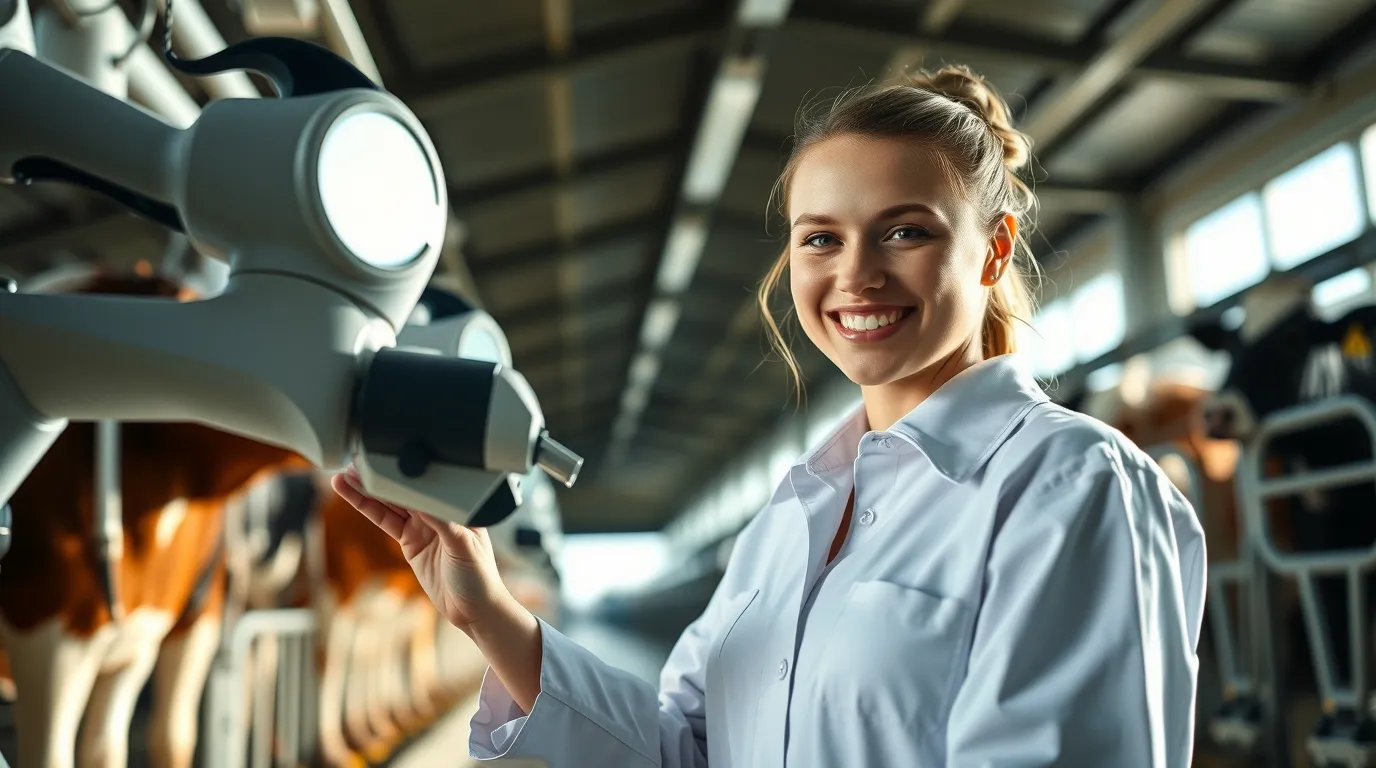
Most important, however, is production efficiency. Digital livestock technologies improve animal care and help raise average daily milk yield to 50 liters—twice the regional average for Krasnodar.
Advancing Genomic Technologies
Another strategic focus of the center is the development of genomic technologies in livestock production. These methods allow specialists to assess an animal’s genetic potential before visible traits emerge, accelerating selective breeding and improving prediction accuracy for future generations. KubGAU was the first in the region to implement this approach.
Rector Aleksandr Trubilin emphasized that the university’s training farm breeds pedigree cattle, supplying the region with high‑performance young stock. The farm maintains 3,000 head, and in 2026 it will launch an embryo laboratory with an annual capacity of 10,000 embryos.
Governor Kondratyev added, “In the near future, we must ensure that scientists can support every farm—monitoring livestock, adjusting feeding and milking processes, collecting and analyzing data to identify the strongest animals. In many regions, this work is not done. Even here, just a few years ago, everything was performed manually. Now it is automated. This is crucial for full‑scale genomic selection.”
IT‑Driven Production
The introduction of digital technologies and scientific support across Krasnodar’s dairy operations is expected to increase the region’s average milk productivity to 12 metric tons per cow by 2030. KubGAU’s training farm has already achieved an average of 15.5 metric tons per cow.

All center initiatives are carried out under Russia’s Priority 2030 program, part of the national Science and Universities project. Experts estimate that these developments will raise the profitability of the national dairy industry by an average of 20 percent over the next decade.
The KubGAU project is part of a broader wave of digital livestock innovation. For example, the Tritikum farm in Omsk Region automates everything from feed and water delivery to manure removal. Each cow wears a sensor‑equipped collar that tracks its condition in real time.
In the EcoNiva Group, the proprietary Eko.Feed platform manages feeding processes and coordinates nutrition departments, livestock specialists, and operators. Meanwhile, researchers from Ural Federal University developed a predictive model for dairy productivity based on historical data, now implemented at a farm in Sverdlovsk Region.

The Potential of Digital Livestock Development
These cases are becoming catalysts for new collaborations between universities and agribusiness. They encourage the emergence of startups and commercial solutions at the intersection of artificial intelligence and agriculture. Competence centers built on these projects are spreading best practices across Russia’s agricultural regions.
Genomic selection, robotic dairy systems, and proprietary IT platforms reduce Russia’s dependence on foreign technologies. They are also maturing into export‑ready solutions for livestock‑developing countries in the CIS, Central Asia, and Africa.





